Class of 2019 | sadhviv@wharton.upenn.edu
The two largest retailers of office supplies and small business solutions, Staples and Office Depot, have recently begun the discontinuation of their international operations, narrowing in on only North America operations.
Staples announced as of December 2016 that it would sell a controlling portion of its European division to the private equity firm, Cerberus Capital Management. Cerberus specializes in distressed investing and has over $30 billion in assets, with retail deals in companies such as Safeway and Avon. This particular investment would be for roughly 53 million U.S. dollars or 50 million euros, in exchange for a 15 percent stake in Staples’ European Division. Staples’ European division includes all retail stores, contract, and online businesses. Specifically, Staples’ European division spans 16 countries and generates revenue of about 1.7 billion euros annually. Cerberus sees opportunity in Europe through expansion of Staples’ sales force and is considering further diversification outside of the core office supplies business. In the United Kingdom, specifically, Staples plans to sell its retail business to Hilco Capital, a distressed investing and turnaround firm who had recently completed another retail deal with Poundland.
Staples was not the first to begin cutting down international operations. In October of 2016, Office Depot announced the complete sell-off of its European division to the Europe-based firm, Aurelius Group, closing the deal in January of 2017. Office Depot’s European division includes 6,000 employees across 14 countries and with revenues of $2.8 billion. Other international segments of Office Depot include Australia, New Zealand, South Korea, and China, all retail divisions of which Office Depot has begun detaching itself from. These segments make up about $600 million of sales and are unprofitable operations for Office Depot, generating an operating loss of $10 million in second quarter of 2016, as compared to the operating income of $2 million in 2015 second quarter. Retail has steadily comprised of about 40 percent of Office Depot’s total sales over the last 5 years, while Business Solutions has grown from 29 percent to 40 percent and International has correspondingly shrunk from 30 percent to 19 percent. However, as of 2016, Office Depot officially discontinued international operations, thereby currently only having two operating segments – North American Retail and Business Solutions.
Both these sell-offs and company-slimming strategies come following the failed merger between Staples and Office Depot in May of 2016, primarily due to the lack of significant other competition in the space and creating antitrust worries. Staples holds 37.2 percent of market share in the office supply space, while Office Depot holds 36.3 percent. Both companies have taken measures to cut costs and find better ways to stay competitive in a shifting retail environment. Both have also promised upwards of hundreds in store closures and stricter cost cutting measures over the coming years. Given the relatively smaller size of the international divisions, along with unprofitability, focusing on North American segments appears to be the optimal choice for these top-line growth struggling retailers.
International operations for these retailers have been challenging due to negative effects of foreign currency conversion, continued sales decline, lower gross margins, and navigation in the more fragmented European markets.
Once again, the recent trends in retail are exemplified, with traditional businesses struggling in an evolving and volatile consumer environment. Competition from online players, most notably Amazon, threatens these two companies’ retail and business divisions, while discount and diversified players like Walmart and Target also pose a threat. The futures of these specialty retailers are uncertain, but the sell-off of international divisions could be taken as either a signal of long-term efficiency improvements within the companies, or of a potential takeover opportunity over their North American divisions as well – or both.
Figure 3: Retail Sector versus Office Supply Industry Costs


